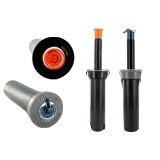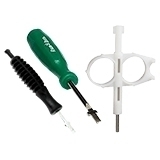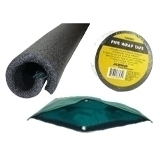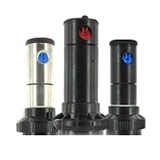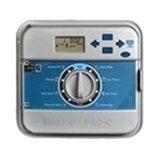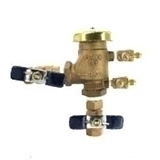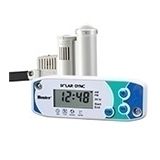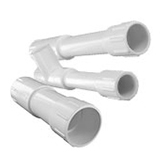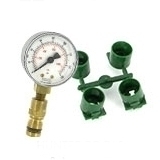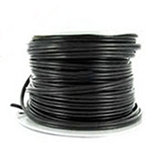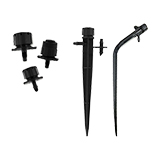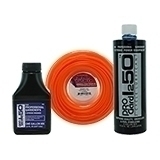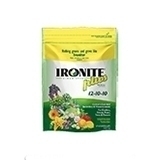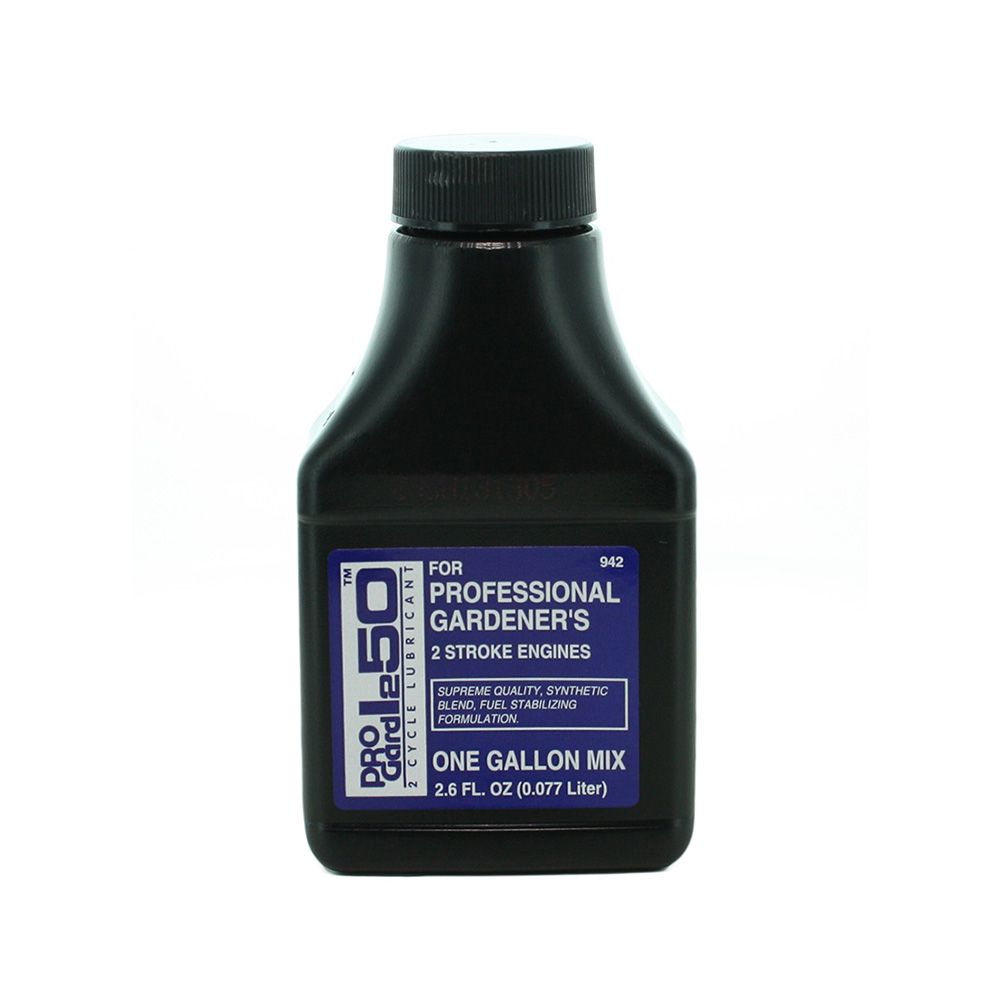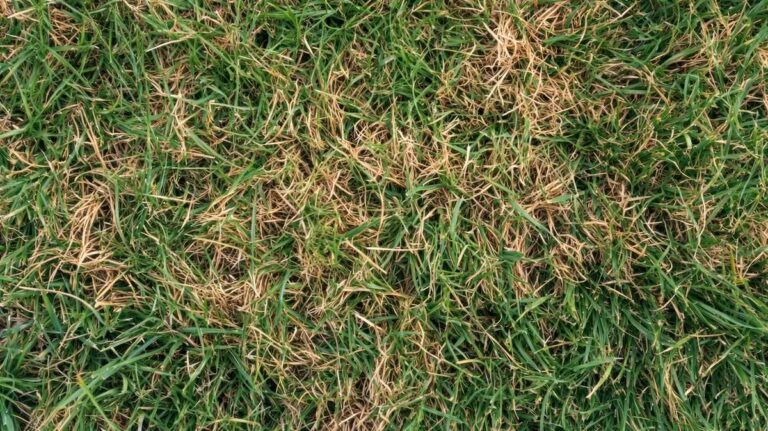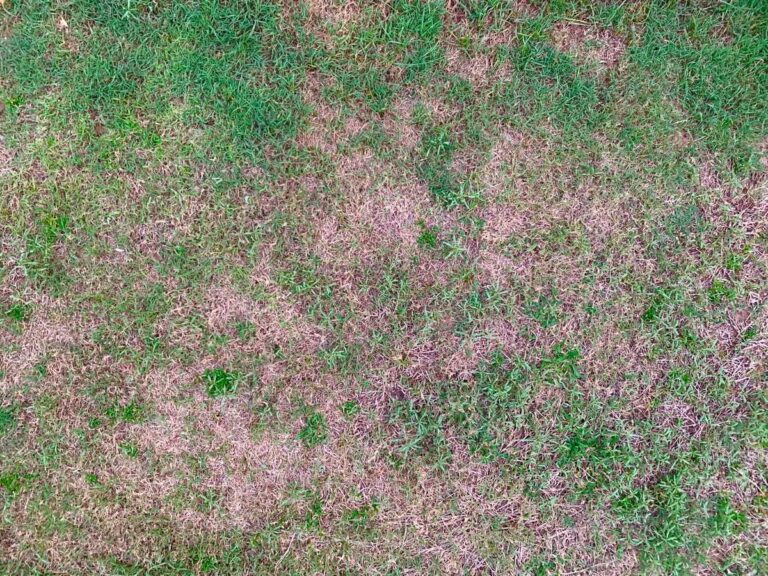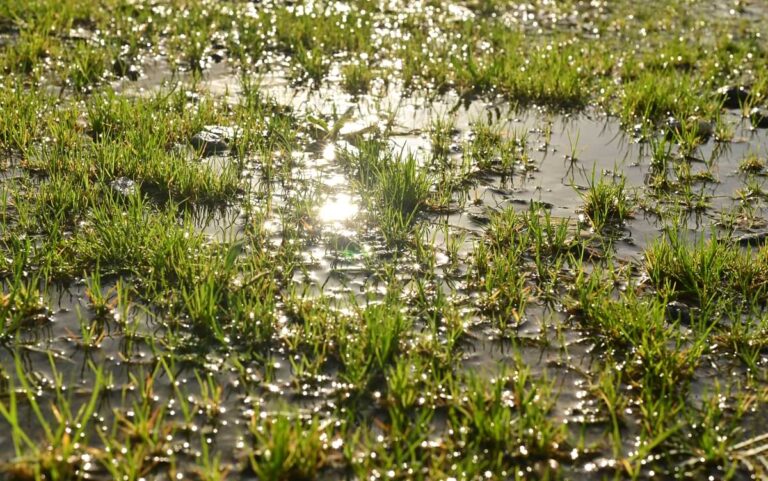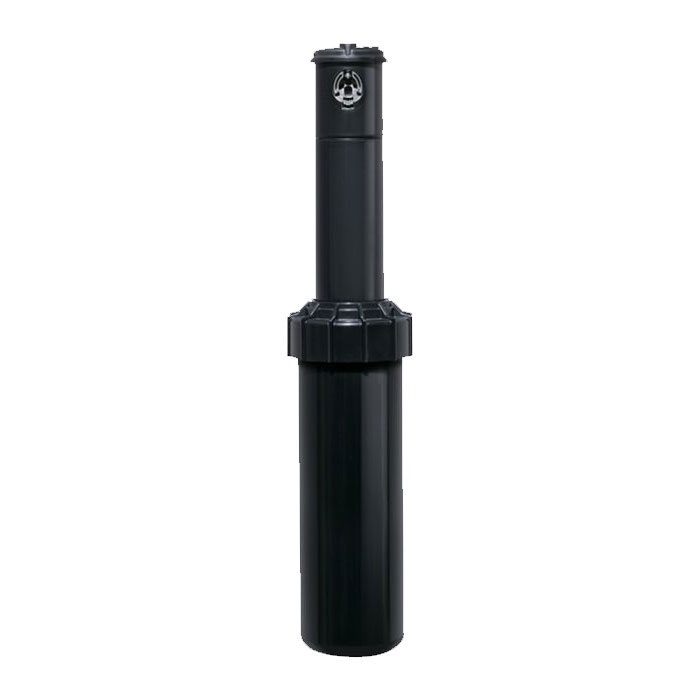Table of Contents: How to Protect Palm Trees for Winter
Palm trees are often associated with warm, tropical climates, but some species are surprisingly able to endure cold weather. These “cold hardy” palms have unique adaptations that allow them to withstand lower temperatures, making them suitable for places where winters can get frosty. Let’s explore what makes palm trees cold hardy and how you can winterize palm trees.

What Makes Palm Trees Cold Hardy?
Not all palm trees are created equal when it comes to cold tolerance. The secret lies in their species, cellular structure, and growth habits:
- Species Adaptations: Some palm species are more cold hardy due to their evolution in subtropical or temperate regions. For example, the Windmill Palm, Needle Palm, and European Fan Palm can tolerate temperatures as low as 5°F to 10°F, depending on the species.
- Trunk and Leaf Structure: Winter hardy hardy palm trees often have thicker trunks, which act as insulators to protect the tree’s core. Their leaves are also more robust, with structures that can resist frost damage better than the delicate fronds of tropical palms.
- Growth Rate: Winter hardy palm trees tend to grow slower, saving energy during harsh winters. This slow growth also helps them recover better from minor frost damage.
How to Winterize Palm Trees: Step-by-Step Guide
While winter hardy palm trees are resilient, they still need extra care during severe winters. By following these steps, you can help your palm trees withstand even the harshest winter conditions, ensuring their health and beauty for seasons to come.
Here’s how you can prepare and protect your palms.
1. Choose the Right Location for Your Palms
When you’re planting palms, carefully consider the microclimate of your yard. Areas with natural wind protection, such as near a wall, fence, or dense shrubbery, can help shield your palm trees from harsh, freezing winds.
Avoid planting palms in open, exposed areas where cold air tends to settle, such as low-lying or valley-like spots.
2. Mulch Around the Base
Adding a thick layer of organic mulch around the base of your palm tree is one of the simplest yet most effective ways to insulate its roots. Aim for a layer about 3–4 inches deep, using materials such as straw, bark, or wood chips to trap heat and prevent frost from entering the soil.
Be sure to keep the mulch a few inches away from the trunk itself to avoid moisture buildup and rot. Mulching not only protects the roots from freezing temperatures but also helps retain soil moisture, which is essential during winter.
3. Use Plant Covers
Plant covers are one of the most effective ways to protect your palm trees during extreme cold spells. These covers—often made of breathable materials such as fabric or frost cloth—shield the tree from frost while allowing for moisture and air circulation.
However, the most critical step in winterizing palms is properly wrapping the trunk base. If the trunk gets too cold, it can hinder new growth in spring and summer. Unlike many other trees, palms don’t have bark to provide insulation, making their trunks highly vulnerable to freezing temperatures.
When exposed to prolonged cold, the tree’s vascular system can become damaged, disrupting its ability to transport water and nutrients. Severe cold can even lead to internal rot, weakening the tree’s structure and increasing the risk of disease or death.
By keeping the trunk warm, you not only protect the tree’s immediate health but also ensure it has the strength to produce new fronds and sustain growth when the weather warms up.
For optimal winter protection:
- Wrap the Trunk Base First: Before covering the canopy, focus on the trunk. Use burlap, blankets, or specialized tree wrap to insulate the base, securing it with twine or tape. This helps retain warmth and prevents cold damage that could stunt future growth.
- Drape the Cover: Once the trunk is insulated, drape the frost cloth over the entire tree, ensuring it reaches the ground to trap warmth from the soil.
- Secure the Base: Secure the plant cover at the base with stakes or rocks to keep it in place, especially during windy weather.
- Wrap More Layers: For extra insulation, wrap an additional layer of burlap or a waterproof tarp over the frost cloth during severe freezes, removing it during the day to prevent overheating.
4. Install Heat Sources
In regions with harsh winters, providing additional heat can make a big difference. Wrapping the trunk with incandescent string lights (LEDs don’t create heat) can gently warm the tree without the risk of overheating.
For more severe conditions, consider investing in heat lamps or specialized tree heaters designed to emit consistent warmth. Strategically position these heat sources to target the base and trunk, ensuring the palm stays protected during prolonged cold snaps.
Always prioritize safety by keeping electrical components away from water and flammable materials.
5. Water Properly
Proper watering is crucial before a freeze to help the soil retain heat and protect the palm’s roots. Ensure the soil is evenly moist but not waterlogged; excessive water can lead to root rot.
Watering a day or two before a predicted frost allows the tree to absorb the necessary moisture while helping the surrounding soil hold onto heat longer. During winter, reduce the frequency of watering, but monitor the soil to prevent it from becoming too dry.
6. Prune with Caution
Pruning in winter requires a light touch, as removing healthy fronds can weaken the tree’s defenses against cold stress. Fronds act as natural energy generators and provide some insulation, so only remove dead or severely damaged fronds that could pose a hazard. Avoid over-pruning, as an excess of exposed areas can make the palm more susceptible to frost damage.
Beat the Cold with Winter Hardy Palm Trees
Winter hardy palm trees are a testament to nature’s adaptability, bringing a touch of the tropics to colder climates. By choosing the right species and following proper winterizing techniques, you can enjoy the elegance of palms year-round, even in regions with chilly winters.
With preparation and care, your palm trees can thrive despite frosty conditions, adding an exotic charm to your landscape for years to come.
FAQs about Winter Hardy Palm Trees
What is the most cold-tolerant palm tree?
The most cold-tolerant palm tree is the Needle Palm, which can survive temperatures as low as -15°F (-26°C). Other hardy varieties include the Windmill Palm and the Sabal Palm, both of which can endure moderate freezing temperatures.
How cold is too cold for a palm tree?
Most palm trees struggle when temperatures drop below 40°F (4°C), but the exact threshold depends on the species.
For tropical palms, anything below 32°F (0°C) can cause damage, while cold hardy palms can tolerate temperatures as low as -10°F (-23°C) or even lower. Prolonged exposure to freezing conditions, however, can harm even the hardiest varieties.
Can palm trees recover from a hard freeze?
Yes, many palm trees can recover from a hard freeze with proper care. Remove damaged fronds, provide consistent warmth (such as heat wraps or lights), and avoid overwatering.
Keep the soil moist but not soggy to encourage root recovery. Depending on the extent of the damage, new growth may take weeks or months to appear.
If you want to stay up-to-date on the latest sprinkler warehouse news and make the most out of all of our one-of-a-kind promotions, join the IrriGator community today. Happy watering, IrriGators!



